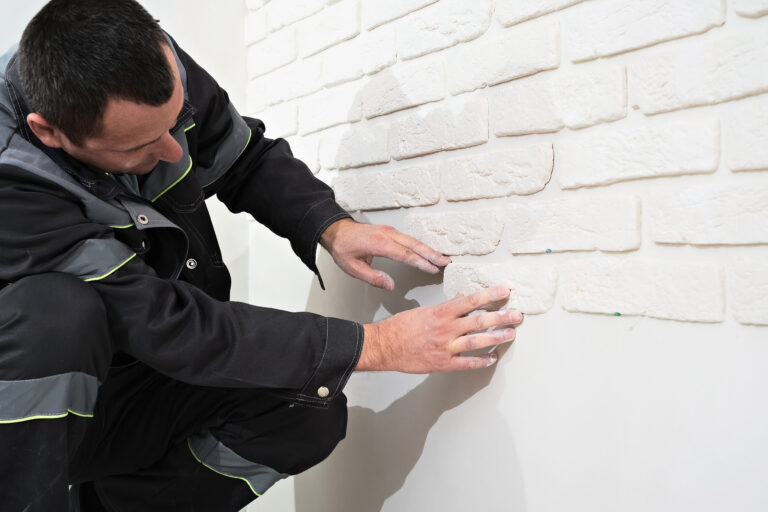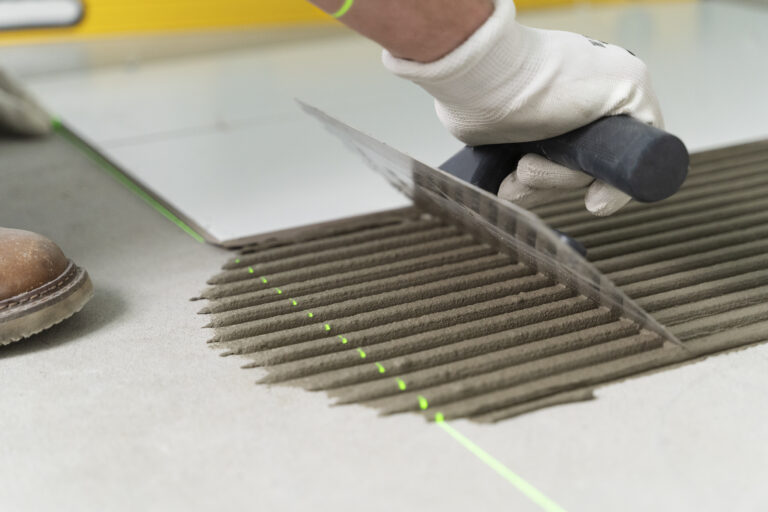Effective adhesives: the most prominent solutions to common tiling problems
There are several common problems that may be encountered during the tiling process. Avoiding these problems requires several precise and basic steps. The first step is to use high-quality, effective adhesives, then carefully follow installation instructions. It is also an essential step to ensure the correct leveling of surfaces before tiling, and to use correct and professional application techniques.
In this article, we will learn about the most common tiling problems and the role of adhesives as a basic solution to these problems.
Common tiling problems
1- Cracks and cracking that may occur as a result of differences in the expansion and contraction of tiles with thermal changes, or due to excessive pressure on them.
2- Imbalance in the level of the tiles or distortion resulting from not leveling the floor or walls properly before tiling.
3- Cracks in the adhesive materials as a result of not following the correct application instructions or using adhesives that are not suitable for the type of tile.
4- Leakage and moisture in wet areas such as bathrooms and kitchens, which leads to water leakage and damage to the lower surfaces.
5- Gaps and gaps that may appear between tiles as a result of not using appropriate filling materials or not adhering to the required waiting periods for adhesives to dry.
6- Color change and stains due to exposure of tiles to chemicals.
7- Deviation in color or size between tiles as a result of differences in batch or purchase from different suppliers.
The most effective adhesives in the tiling process
There are several options for adhesives that can be used to attach tiles to the floor or walls, and these materials vary depending on the type of tile and the specific application. Among the effective adhesives used to glue tiles are:
1- Cement-based mortar
2- Polymer-modified thin-set mortar
3- Epoxy mortar
4- Acid-based adhesive
5- Glass tile adhesive
When choosing the right adhesive, factors such as tile type, environmental conditions, and specific application should be considered, and it is always best to follow the manufacturer’s directions to ensure the best performance and longest tiling life.
Benefits of using effective adhesives in the tiling process
Effective adhesives play a crucial role in applying innovative solutions to tiling problems. Here are some ways these substances can contribute:
1- Enhancing the adhesion of tiles to the floor or wall, which reduces the possibility of cracks or tile separation over time.
2- Providing the necessary flexibility to reduce the effect of the natural expansion and contraction of the building, and thus reduce the risk of cracking tiles.
3- Improving water and moisture resistance, especially in areas with high humidity, such as bathrooms and kitchens.
5- Facilitating the process of removing old tiles and replacing them with new tiles is easier and more effective without causing damage to the underlying surfaces.
In conclusion, effective adhesives play a vital role in improving the performance and durability of tiling and enabling the application of innovative solutions to various tiling problems.
To order effective adhesives, go to www.whitesand.sa.





